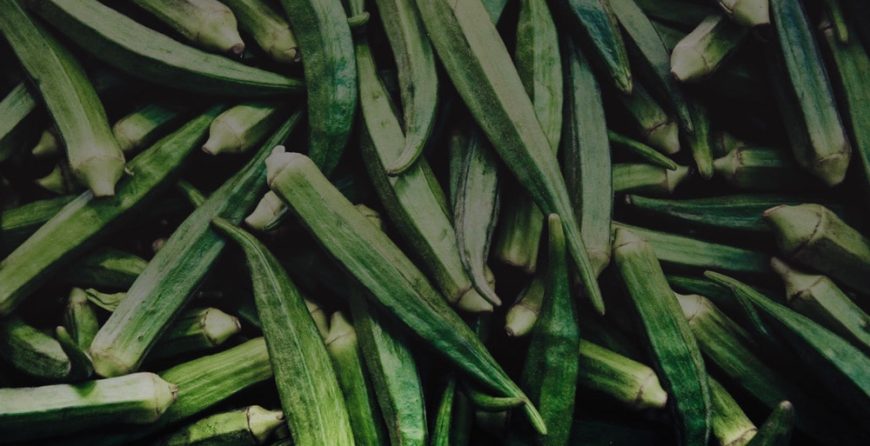 Okra is also referred to as Bindi or Lady Finger. It is a kitchen essential for people who love trying out different cuisines such as African, Indian, or Cajun cuisines. However, it is also popular in USA’s southern states. Okra is a less grown plant that is gorgeous, offers beautiful flowers that resemble hibiscus and seed pods that last the entire summer season. It is easy to grow especially when you are practicing organic gardening. Here is all you need to know about growing okra. Okra varieties
Okra is also referred to as Bindi or Lady Finger. It is a kitchen essential for people who love trying out different cuisines such as African, Indian, or Cajun cuisines. However, it is also popular in USA’s southern states. Okra is a less grown plant that is gorgeous, offers beautiful flowers that resemble hibiscus and seed pods that last the entire summer season. It is easy to grow especially when you are practicing organic gardening. Here is all you need to know about growing okra. Okra varieties
Okra Varieties
There are two main types of okra; spineless green and burgundy or red okra. Spineless green okra is popularly grown by organic gardeners because it is easy to plant, maintain, harvest, and it offers abundantly produces. Red okra is the ideal choice for people who prefer to eat it raw, and it can also be cooked. Red okra turns green when cooked. All okra varieties love heat and thrive in zones where melon and corns do well.
There are two main types of okra; spineless green and burgundy or red okra. Spineless green okra is popularly grown by organic gardeners because it is easy to plant, maintain, harvest, and it offers abundantly produces. Red okra is the ideal choice for people who prefer to eat it raw, and it can also be cooked. Red okra turns green when cooked. All okra varieties love heat and thrive in zones where melon and corns do well.
Planting and Growing Okra
For okra to thrive its seeds should be cultivated directly to the garden when the soil temperatures reach 75 degrees F. However, it is advisable to pre-soak the seeds for 12 hours prior to planting. For a head start, start okra seeds in a greenhouse for about three weeks before the last expected frost date. When transplanting the crop, use biodegradable soil blocks or pots to preserve the sensitive roots. If the roots are tampered with or damaged, the crop dies.
Okra is easy to grow because it tolerates different soil types so long as it gets enough sun exposure. When transplanting maintain a one or two feet spacing between the plants and three feet between rows. The space requirement is designed to cater for the shading effect that a fully matured okra brings about. Okra grows so big and can block sunlight from reaching smaller crops that may need it to thrive. Mulch okra when it is about 4 inches tall to conserve soil moisture and prevent weeds. Since okra has shallow roots, ensure that you weed around them with your hands or with the help of a shallow cultivating tool.
Okra plant produces flowers when it’s about two months old, and they are harvested when they get 3 or 4 inches long. Cut the pods using shears and ensure that you harvest them on time. Too large pods tend to be inedible and tough. Once they mature, the pods should be picked every two days.
Pests and diseases common to okra plant
Common pests that attack okra include; beetles, aphids, stink bugs, corn worms, and root knot nematodes. These pests can be managed by placing sticky traps or using organic pest control products. On the other hand, diseases that attack okra include; Phytophthora, Verticillium Wilt, and Pythium. There are natural disease control products eliminate these diseases before they eat your okra plant away.
Summary
Growing and enjoying okra should not be tedious. It is a plant that does not require special care. It just requires enough sunlight and healthy soil.


